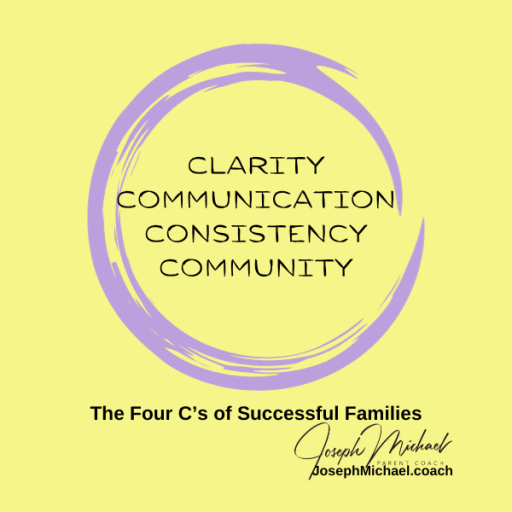
Building Clarity in Family Values: A Path to Unity

Clarity is the foundation of unity in family life.
When each family member understands and aligns their values with the collective vision, the result is a harmonious and purposeful home. But how do you begin this process? It starts with individual reflection, moves to mutual understanding, and culminates in a shared family culture. Let’s walk through the three key steps:
Discovering Personal Values
Before creating unity as a family, it’s crucial to identify what you personally value. These values shape your decisions, guide your actions, and reflect what you hold most dear. Here’s how to begin:
-
-
- Reflect on Past Experiences: Think about moments in your life that brought you immense joy, pride, or fulfillment. What values were present in those experiences? For example, a fulfilling career achievement might reflect the virtue of perseverance or excellence.
- Consider What Sparks Emotion: Reflect on situations that deeply affect you, whether joy, frustration, or inspiration. Strong emotions often reveal underlying values.
- Use a Values List: Look at a comprehensive list of values and virtues (e.g., honesty, kindness, growth) and highlight those that resonate most with you.
- Prioritize: Narrow down your list to 5-10 non-negotiable core values.
-
Comparing and Aligning Values with Your Partner
Once you’ve identified your personal values, the next step is to share and compare them with your partner. This fosters understanding and helps identify common ground. Here’s how:
-
-
- Schedule a Dedicated Conversation: Choose a relaxed time to discuss your values. Frame it as an opportunity to grow together, not as a debate.
- Share Openly: Take turns explaining why each value is important to you. For instance, you might say, “Honesty is vital to me because it builds trust and authenticity.”
- Look for Overlaps: Highlight values that both of you share. Common values often include family, integrity, or love.
- Respect Differences: Acknowledge values that differ without judgment. Instead of seeing them as conflicting, view them as opportunities to learn from each other.
-
Building a United Family Life
Once you’ve clarified and aligned values, the next step is to integrate them into your family’s daily life. Here are actionable ways to create unity around shared values:
-
-
- Create a Family Mission Statement: Write a short statement that encapsulates your family’s shared values and vision. For example, “Our family values kindness, perseverance, and gratitude. We strive to support each other and grow together.”
- Set Family Goals: Translate your values into actionable goals. If you value quality time, set a goal to have weekly family game nights or outings.
- Incorporate Values into Decisions: Use your values as a guide for making big decisions, such as choosing a school, planning vacations, or setting financial priorities.
- Model and Reinforce Values: Children learn best by example. Demonstrate your shared values through your actions, whether it’s showing respect in disagreements or expressing gratitude for each other.
- Revisit Regularly: Your priorities might shift as your family grows and evolves. Schedule periodic check-ins to discuss whether your shared values still align or need adjustment.
-
Examples of United Family Values in Action
To make this more concrete, let’s consider a few scenarios:
-
-
- Value: Gratitude – Action: Begin each meal by sharing something you’re thankful for.
- Value: Health – Action: Plan and prepare meals together and schedule active family outings.
- Value: Learning – Action: Dedicate a weekly “family learning night” where everyone shares something new they’ve discovered.
-
Why This Matters
When individuals and families operate with clarity of values, decision-making becomes simpler, conflicts are minimized, and relationships deepen. A united family grounded in shared values provides children with stability, purpose, and a powerful example of harmonious living.
Reflection Questions:
- What are your top three personal values, and how do they influence your daily life?
- What shared values could you and your partner prioritize to strengthen unity in your family?
- What is one practical way to incorporate those values into your family’s routines this week?
Unity isn’t a static state; it’s a dynamic process of growing together through clarity and mutual respect. By discovering your values, aligning them with your partner’s, and living them out as a family, you create a legacy of love, respect, and shared purpose.
Here’s to building a family life that reflects the best of who you are—together.
Joe is a husband, father, grandfather, author, speaker, educator, course creator, and parent/family coach.
He helps parents develop unity, find clarity, communicate, and develop consistency in their parenting with the Four C’s of Successful Families. You can find his work on social media.
In addition, the Four C’s newsletter is enjoyed by many as it encourages parents to self-care, build their relationships with their partners, and raise their children.
And he loves to golf!







